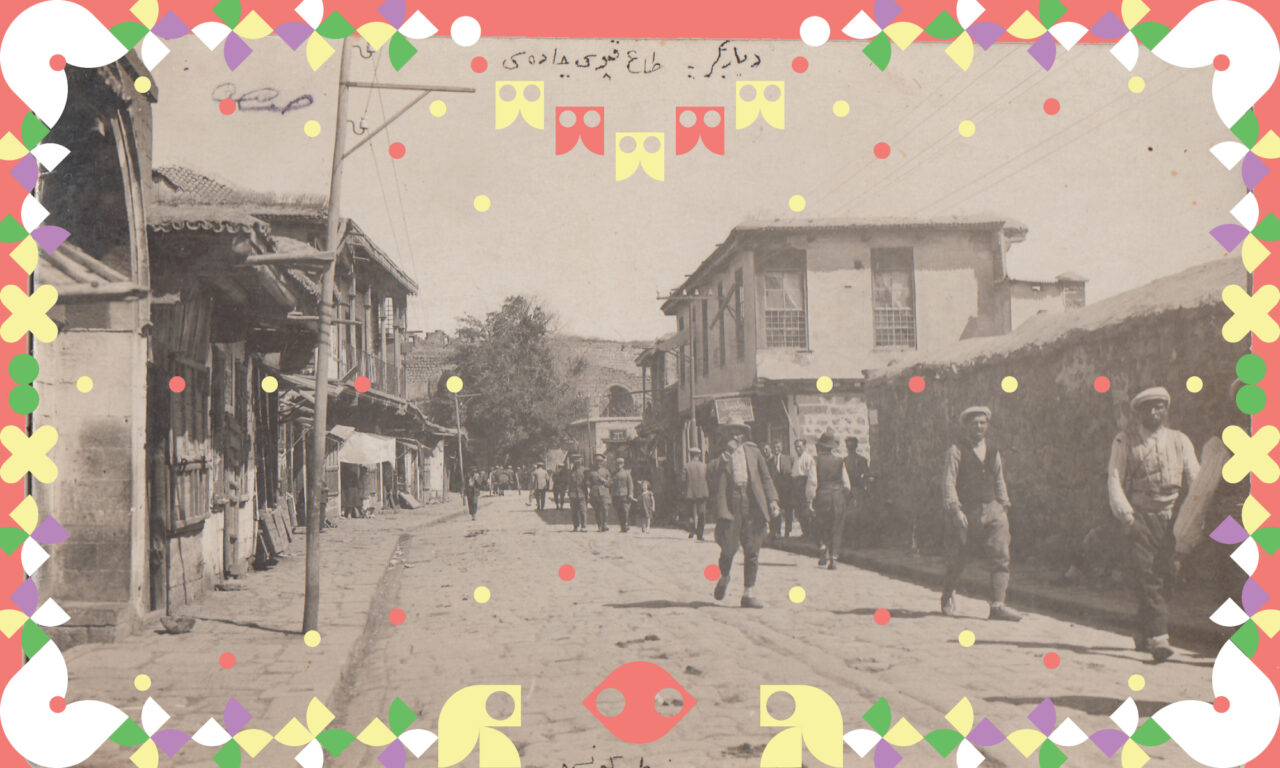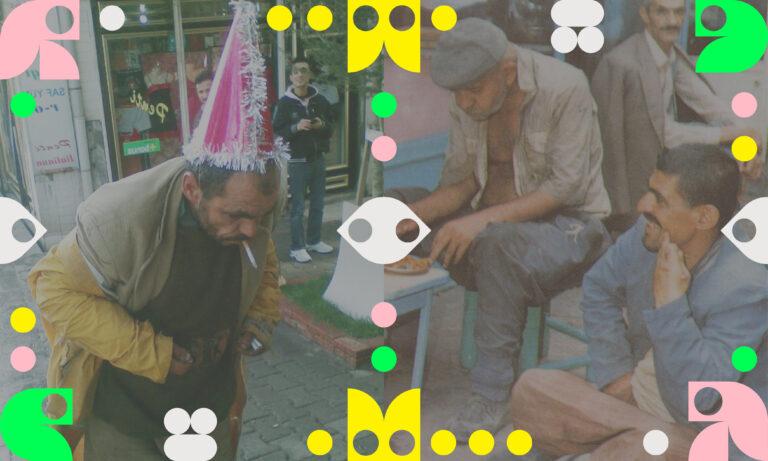History, being a human invention, has long been obsessed with all things human, starting most probably with the question of who gets to write it. The relationship life stories, biographies and portraits have with historiography constitutes an ongoing debate that is as old as the discipline itself. The person behind great victories, crushing defeats or all kinds of unforgettable events may become the focus of such preferences. History is at once recorded through chronicles of “extraordinary” lives shaped by indisputable successes, sometimes miracles, and at times by great misfortune or suffering.

While its roots may be found all the way back in Antiquity, humanity has rediscovered the genre of biography in the last four or five centuries. The rise of microhistories, which are able to shift the focus to a smaller scale, particularly in the last century has created a narrative tradition that is richer and more resistant in its challenge to official narratives. This also indicates a perspective with stronger potential for approaching what is expressed as the truth.

This exhibition is built on the “people” of Diyarbakır. We took a tour of the city’s past through the life stories of its people and set out to present portraits of those from a variety of different fields, who are of note for a diverse array of reasons and whose personal histories all begin in Diyarbakır. This naturally required making subjective choices from a very wide range of possibilities. As we delved into the past, we felt ever more acutely the bias of gender in the making and recording of history – women were practically non-existent. We tried to remedy this as best we could.
Our first section brings together prominent names from the fields of science and education in Diyarbakır’s history. These are people who were born and most often spent their entire lives in this land… They left a mark with their inventions and discoveries, their quests for knowledge, and their lives dedicated to learning and teaching – as well as the highly original sources they left behind in their own attempts to document history… This selection penned by writer Mehmet Şimşek is characterized by a level of diversity that reflects the multicultural and multi-faith history of the city.
Our second section is framed by the world of arts and culture. Texts by writer Ahmet Çakmak bring us closer to the present in our meandering journey across Diyarbakır’s history. Through verse, melody and painting we take a look at those who passed through the city and what they left behind in passing.
Our final section, on the other hand, is perhaps not what first comes to mind when thinking of ‘the people of Diyarbakır’. Writer Şeyhmus Közgün presents for us a collection composed of the city’s qırıxs (urban toughs). In this, he provides an account of this unique culture, particular to the qırıx, that does not fit into the traditional “tough guy” or “strongman” mold in terms of relations with the people, with authority and the urban scape. In the same section Közgün also features the most conspicuous yet simultaneously invisible inhabitants of the city – its “mad folk” of relatively more recent history. “Mad” here is nothing but a figure of speech, they are in fact “sages” or “patron saints”,¹ many of whom are seen by other citizens to have reached enlightenment as they lost their marbles.
With these life stories articulated upon one another by these different sections, an‘other’ photograph album of the city flickers into being. Here are the people of Diyarbakır, this time telling us the story of their city from their own eyes.
¹ Translator’s note: The Turkish words for insane (deli) and saint (veli) are quite close to each other, pointing to the crossovers between insanity and enlightenment.
Cover photograph: Gazi Boulevard, Oruç Ejder Collection, DKVD Diyarbakır City Archive
EXHIBITION CREDITS
Contributing authors
Ahmet Çakmak, Şeyhmus Közgün, Mehmet Şimşek
Exhibition editor
Pınar Öğünç
Translation
Abdulsıttar Özmen (Kurdish)
Feride Eralp (English)
Design
Fika
Publication date
March 2023



